Buy this landscape artwork Poetry of the sea on the North Sea by Silva Wischeropp on canvas, ArtFrame, poster and wallpaper, printed on demand in high quality.
About "Poetry of the sea on the North Sea"
by Silva Wischeropp
About the artwork
Fantastic evening light over the sea in Jutland, Denmark. This photographic landscape shot was taken in the early evening hours of 27 August 2016 with the NIKON D90 during my summer holiday in Denmark.
Rømø, German Röm [ˈrœm] and North Frisian Rem [ˈɾɛm], is the southernmost Danish Wadden Sea island. It is located around six kilometres south of the island of Mandø and three kilometres north of Sylt. Rømø is a popular holiday destination with its kilometre-wide, navigable sandy beach.
The 128.86 square kilometre island has 562 inhabitants and is connected to the mainland via the Rømødæmningen (Roman causeway).
However, the area of the island cannot be precisely determined as the boundary between sea and land is blurred. It is somewhere between 120 and 140 square kilometres. Around 60 per cent of the island is covered with plants, 40 per cent is sandy.
In the north, the length of the island is limited by the Juvredyb Juvre Deep, in the south by the 2.5 km wide and up to 40 metre deep Lister Deep. The centre of the island consists of a crescent-shaped belt of dunes measuring around 25 km². Towards the open sea, there are 25 km² of beach meadows in front of the dunes. Large sand deposits (Juvre Sand in the north-west, Havsand or Haffsand in the south-west) covering an area of over 40 km² have formed on the lows as a result of the tidal current. Until around 1850, Havsand was a separate sand island, mostly dry even at high tide, which was separated from Rømø by a tidal inlet, but has since merged completely with the main island. Over the last 200 years, the sandbanks have partly formed new marshland with an area of around 10 square kilometres, of which over 600 hectares were diked in 1867 and 1926/28.

About Silva Wischeropp
"For me, photography feels like really capturing the moment - like a kind of alchemy where time is physically captured."
Silva Wischeropp was born in the Hanseatic city of Wismar in the former GDR. Today she lives and works in Berlin. As a passionate travel..
Read more…
 Germany
Germany Ordered in November 2024
Ordered in November 2024
 Germany
Germany Ordered in April 2024
Ordered in April 2024
 Germany
Germany Ordered in August 2023
Ordered in August 2023
 Germany
Germany Ordered in December 2024
Ordered in December 2024
 Germany
Germany Ordered in April 2021
Ordered in April 2021
 Germany
Germany Ordered in May 2019
Ordered in May 2019
 Germany
Germany Ordered in July 2020
Ordered in July 2020
 Netherlands
Netherlands Ordered in October 2021
Ordered in October 2021
 Netherlands
Netherlands Ordered in October 2023
Ordered in October 2023
 Netherlands
Netherlands Ordered in November 2020
Ordered in November 2020
 Netherlands
Netherlands Ordered in August 2019
Ordered in August 2019
 Netherlands
Netherlands Ordered in May 2021
Ordered in May 2021
About the material
ArtFrame™
Interchangeable Art Prints
- High-quality print
- Easily interchangeable
- Acoustic function
- Large sizes available
Discover the artworks of Silva Wischeropp
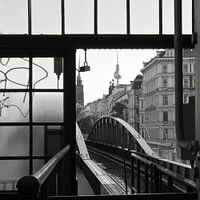 Underground station of the U2 line - special train to PankowSilva Wischeropp
Underground station of the U2 line - special train to PankowSilva Wischeropp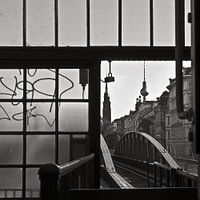 Berlin underground station Eberswalder Strasse of line U2Silva Wischeropp
Berlin underground station Eberswalder Strasse of line U2Silva Wischeropp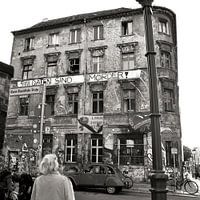 Old, squatted house in the Scheunenviertel district of Berlin-MitteSilva Wischeropp
Old, squatted house in the Scheunenviertel district of Berlin-MitteSilva Wischeropp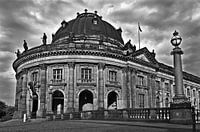 BODE-MUSEUM on the Museum Island (Berlin)Silva Wischeropp
BODE-MUSEUM on the Museum Island (Berlin)Silva Wischeropp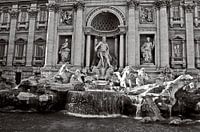 The Trevi Fountain - Fontana di TREVI in RomeSilva Wischeropp
The Trevi Fountain - Fontana di TREVI in RomeSilva Wischeropp Underground station of the U2 line - Berlin-Pankow(East Berlin)Silva Wischeropp
Underground station of the U2 line - Berlin-Pankow(East Berlin)Silva Wischeropp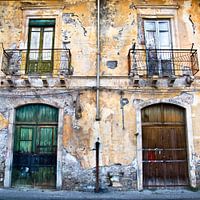 Mysterious, Sicilian facadeSilva Wischeropp
Mysterious, Sicilian facadeSilva Wischeropp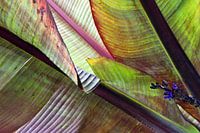 Banana leaves in the warm autumn lightSilva Wischeropp
Banana leaves in the warm autumn lightSilva Wischeropp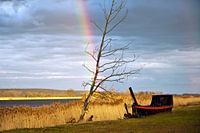 Magical rainbow at the OderbruchSilva Wischeropp
Magical rainbow at the OderbruchSilva Wischeropp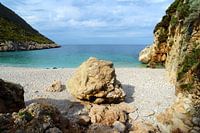 Magic Sicilian Sea SoundSilva Wischeropp
Magic Sicilian Sea SoundSilva Wischeropp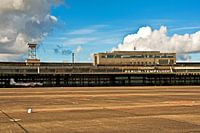 Former Berlin-Tempelhof AirportSilva Wischeropp
Former Berlin-Tempelhof AirportSilva Wischeropp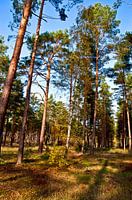 Pines in the autumnal October lightSilva Wischeropp
Pines in the autumnal October lightSilva Wischeropp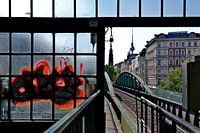 Popular underground station on the U2 line on Eberswalde StrasseSilva Wischeropp
Popular underground station on the U2 line on Eberswalde StrasseSilva Wischeropp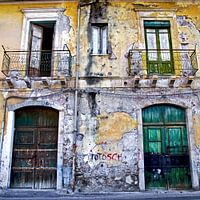 Once upon a time in Taormina on the island of SicilySilva Wischeropp
Once upon a time in Taormina on the island of SicilySilva Wischeropp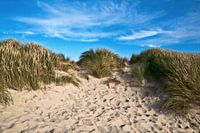 Imaginative sand dunes at Henne Strand in JutlandSilva Wischeropp
Imaginative sand dunes at Henne Strand in JutlandSilva Wischeropp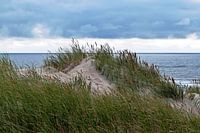 Wonderful sand dune at Henne Strand in JutlandSilva Wischeropp
Wonderful sand dune at Henne Strand in JutlandSilva Wischeropp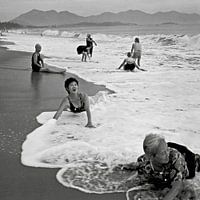 Women bathing on the beach at Nha Trang in VietnamSilva Wischeropp
Women bathing on the beach at Nha Trang in VietnamSilva Wischeropp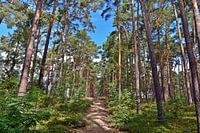 Summer morning walk through the pine forestSilva Wischeropp
Summer morning walk through the pine forestSilva Wischeropp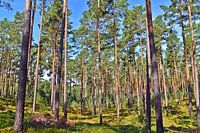 The proud elegance of the pines in the sunlightSilva Wischeropp
The proud elegance of the pines in the sunlightSilva Wischeropp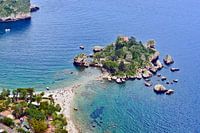 Paradise Isola Bella on the east coast of SicilySilva Wischeropp
Paradise Isola Bella on the east coast of SicilySilva Wischeropp
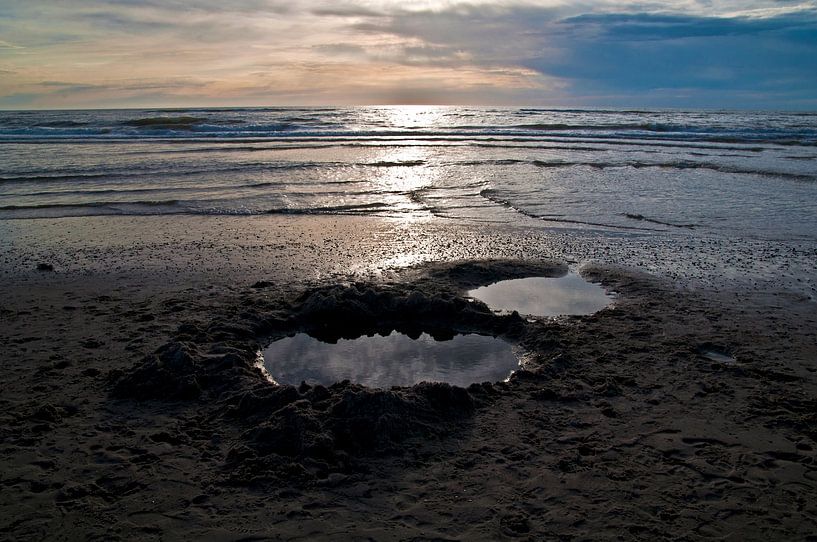


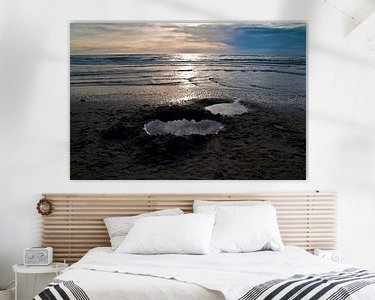


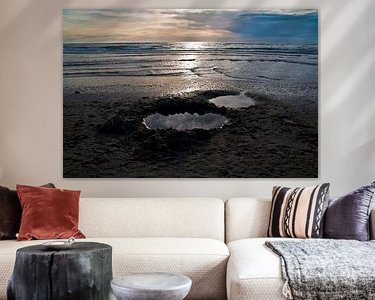




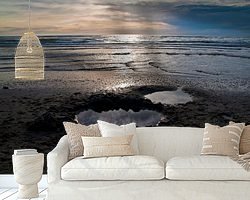

 Beach
Beach Coastline
Coastline Denmark
Denmark Landscapes
Landscapes Melancholic Elegance
Melancholic Elegance Nature and weather
Nature and weather North Sea
North Sea Oceans and seas
Oceans and seas Photo wallpaper
Photo wallpaper Photography
Photography Scandinavia
Scandinavia Serene Peace
Serene Peace Sunset
Sunset Wadden Islands and Wadden Sea
Wadden Islands and Wadden Sea









